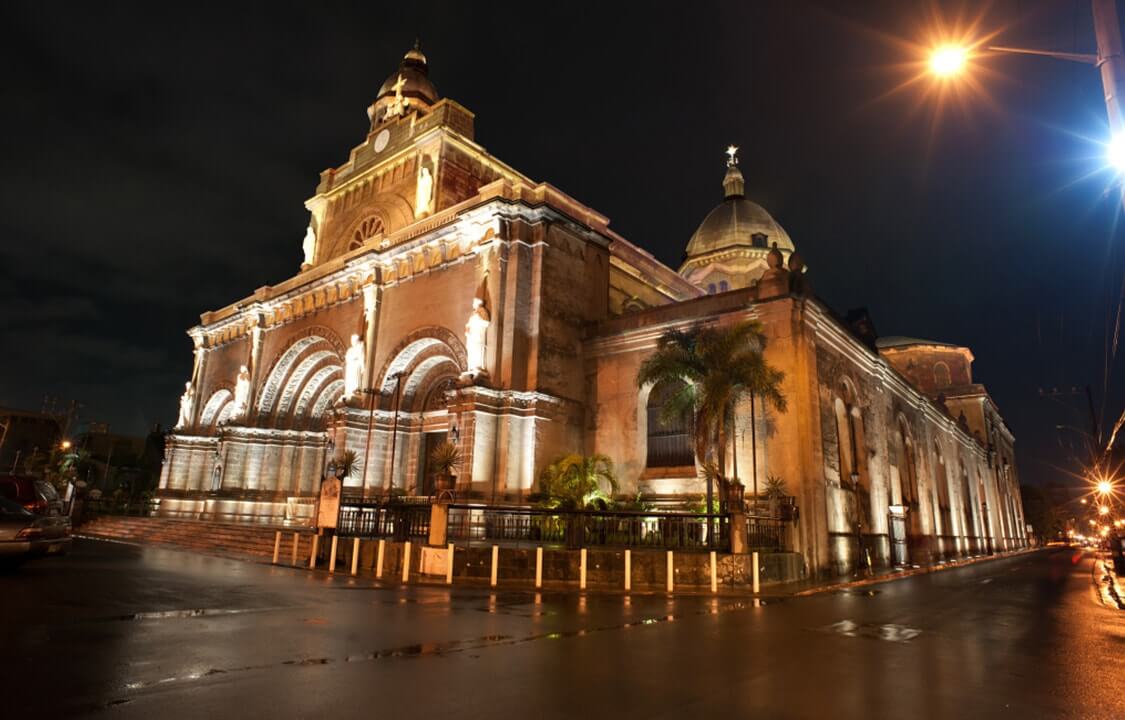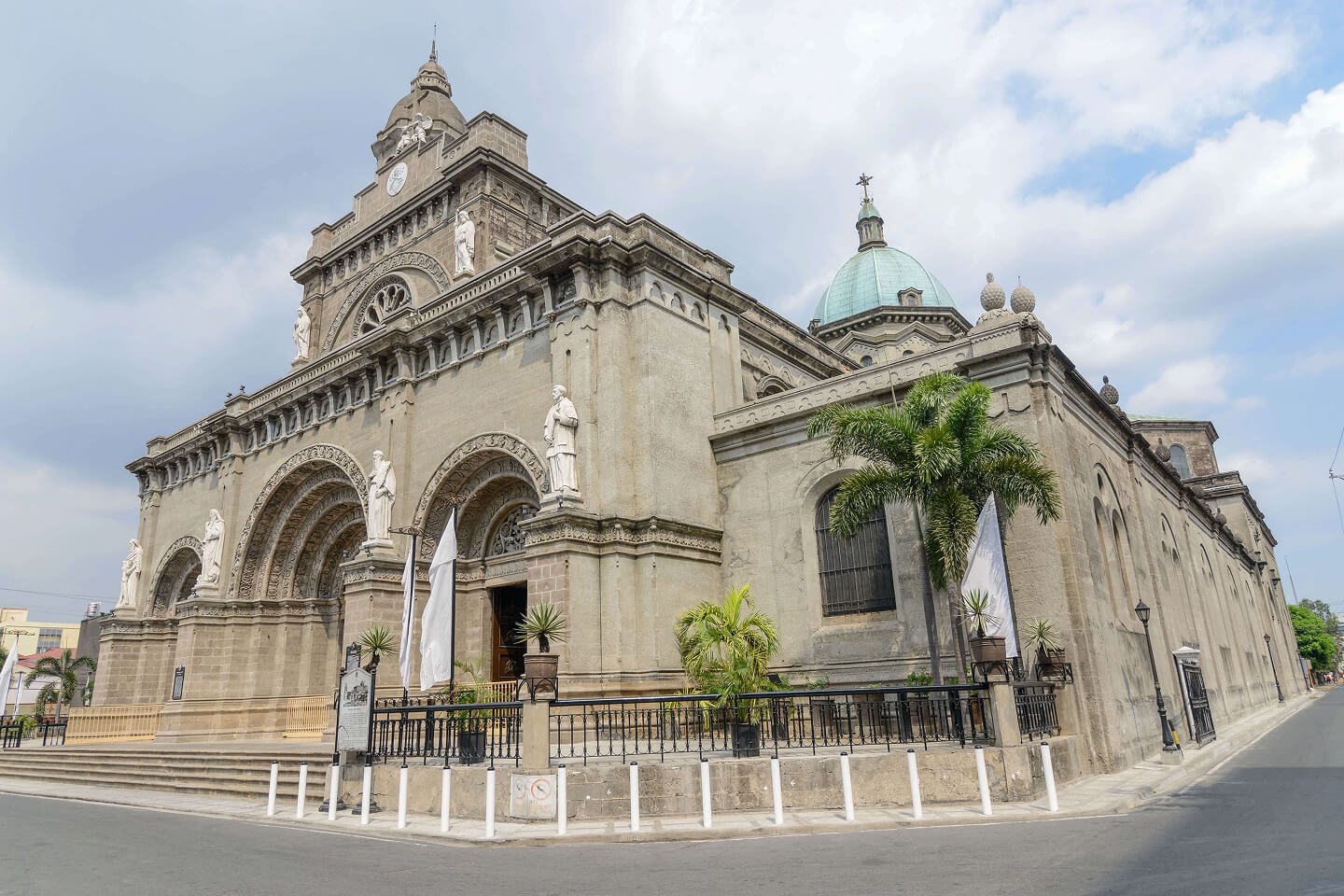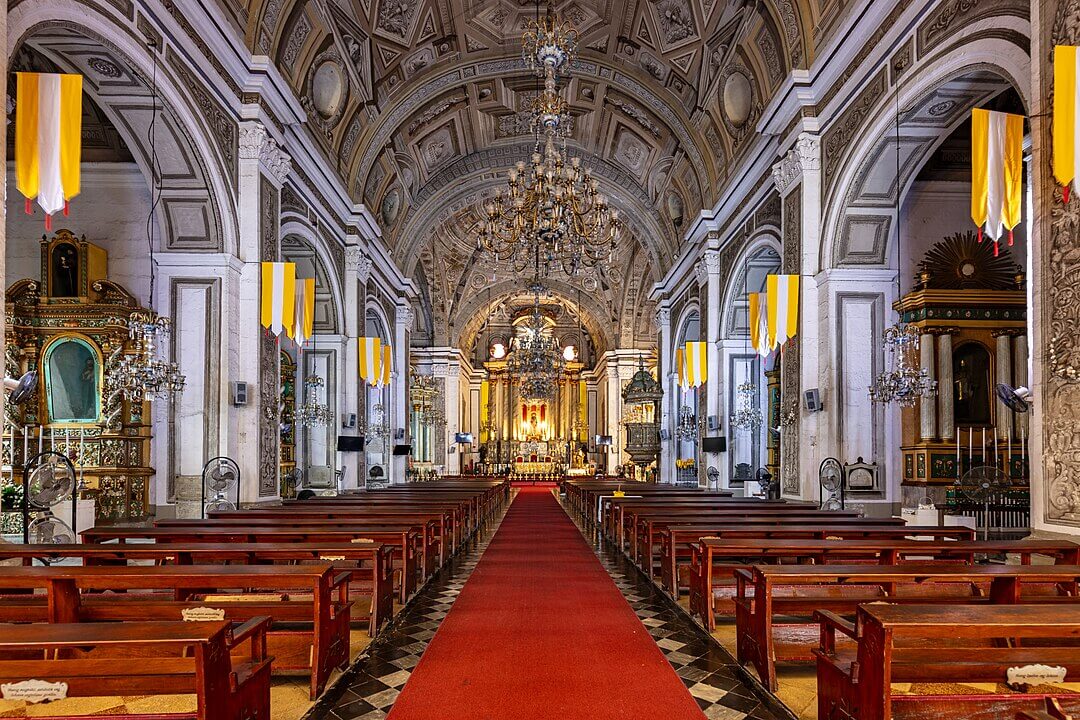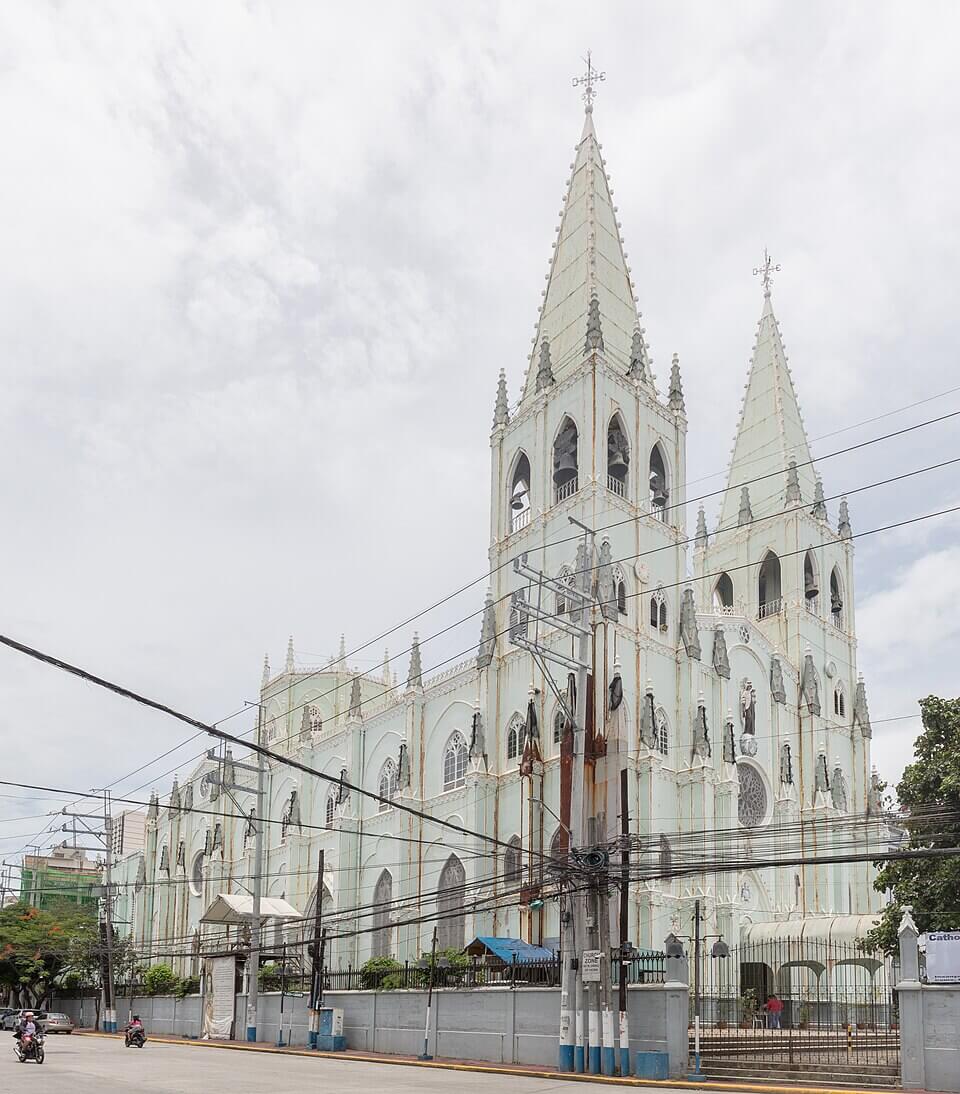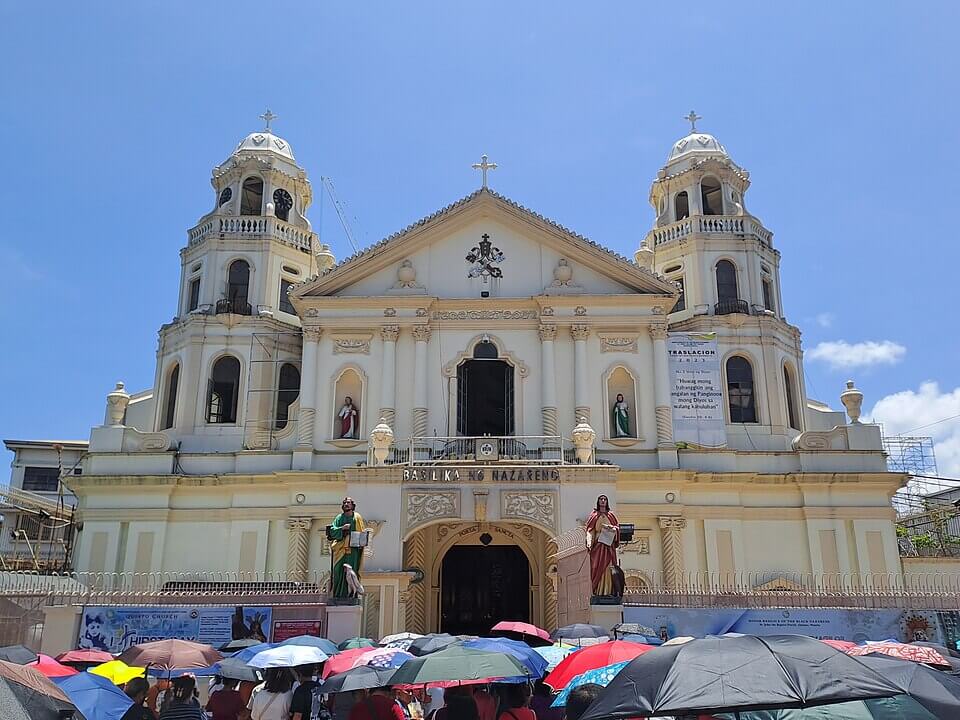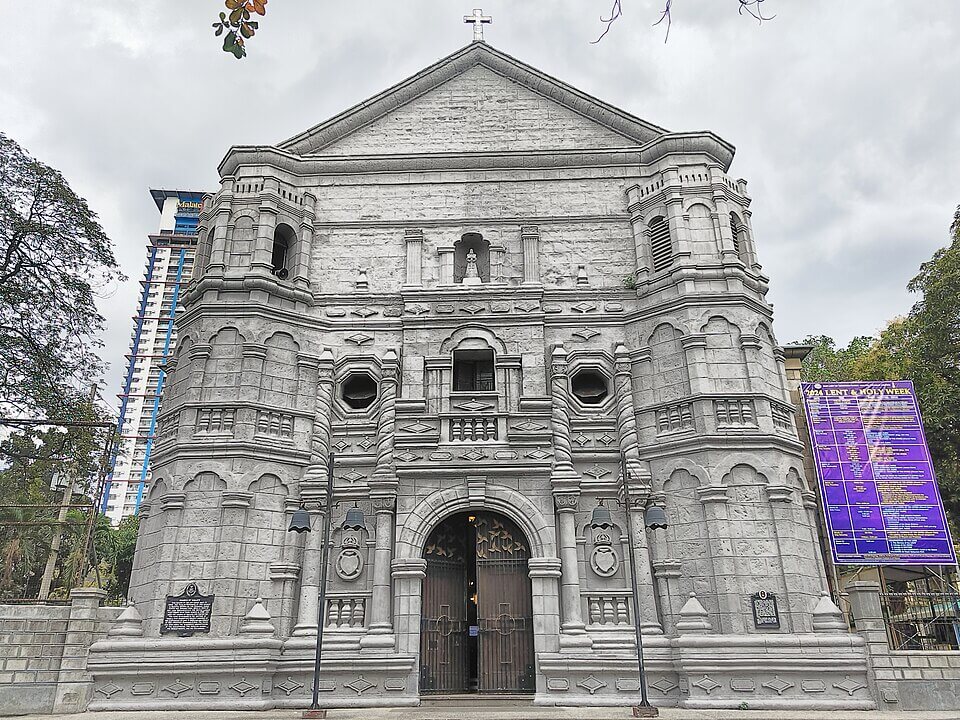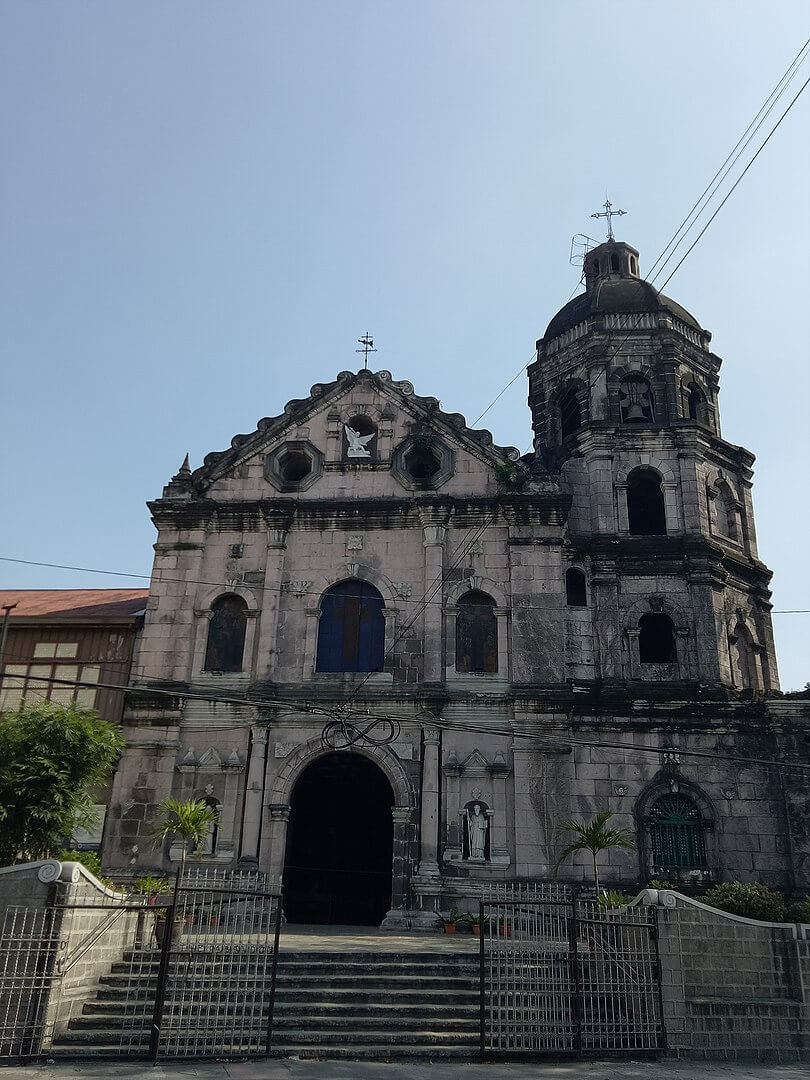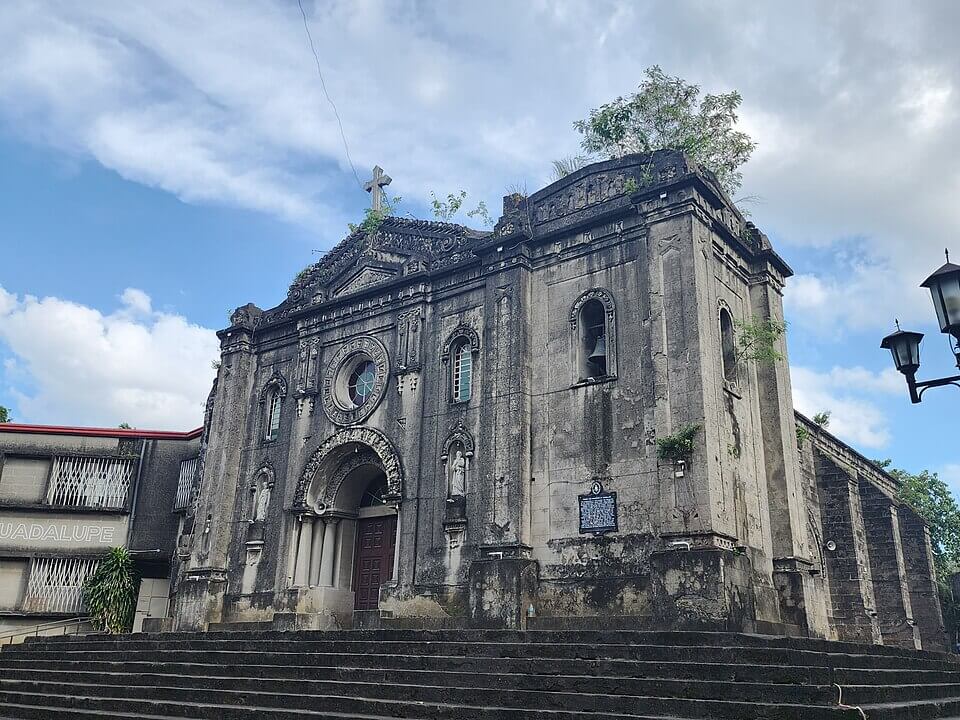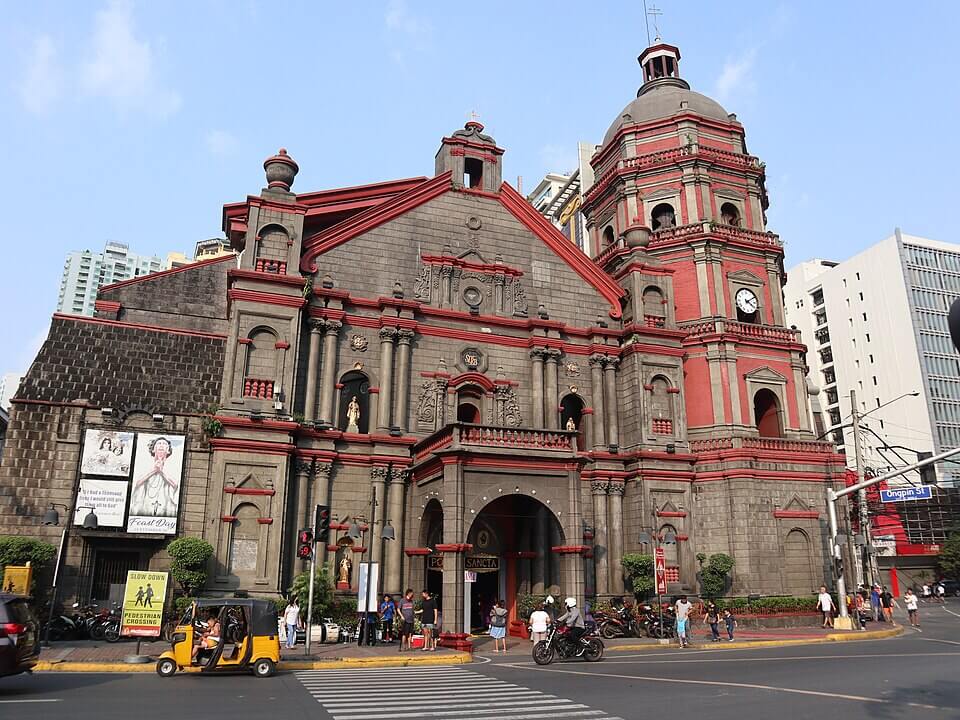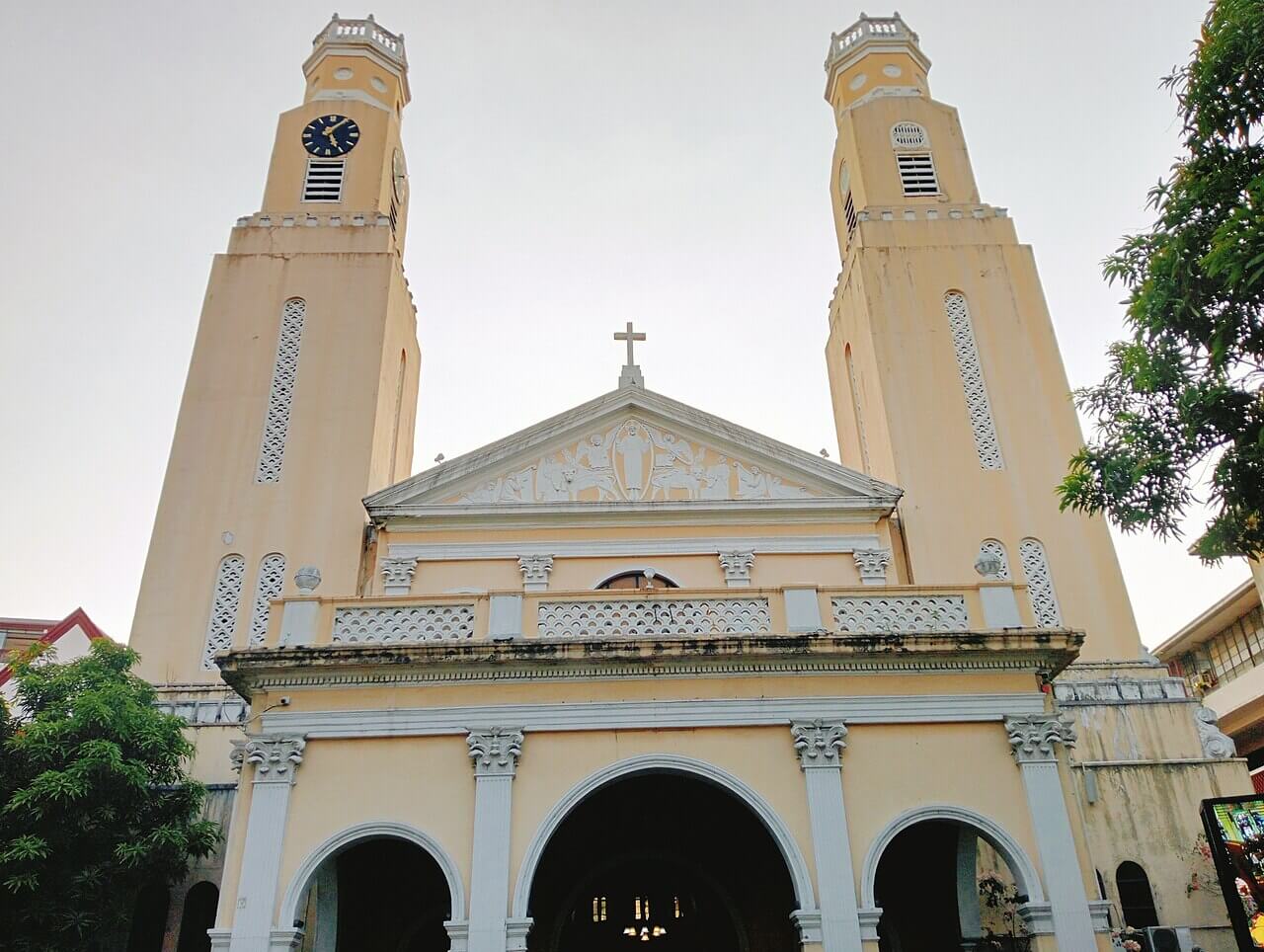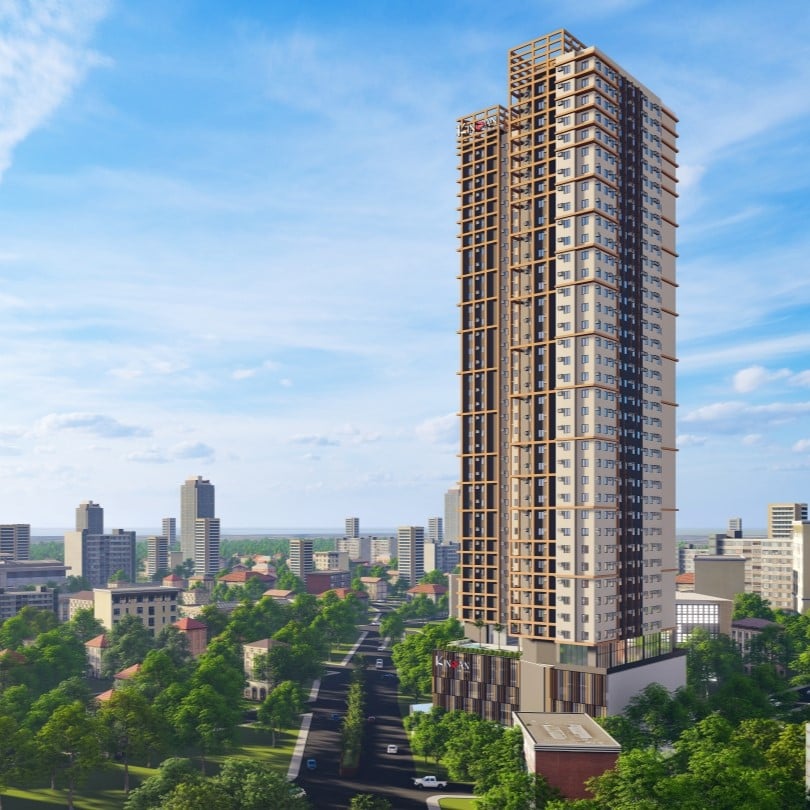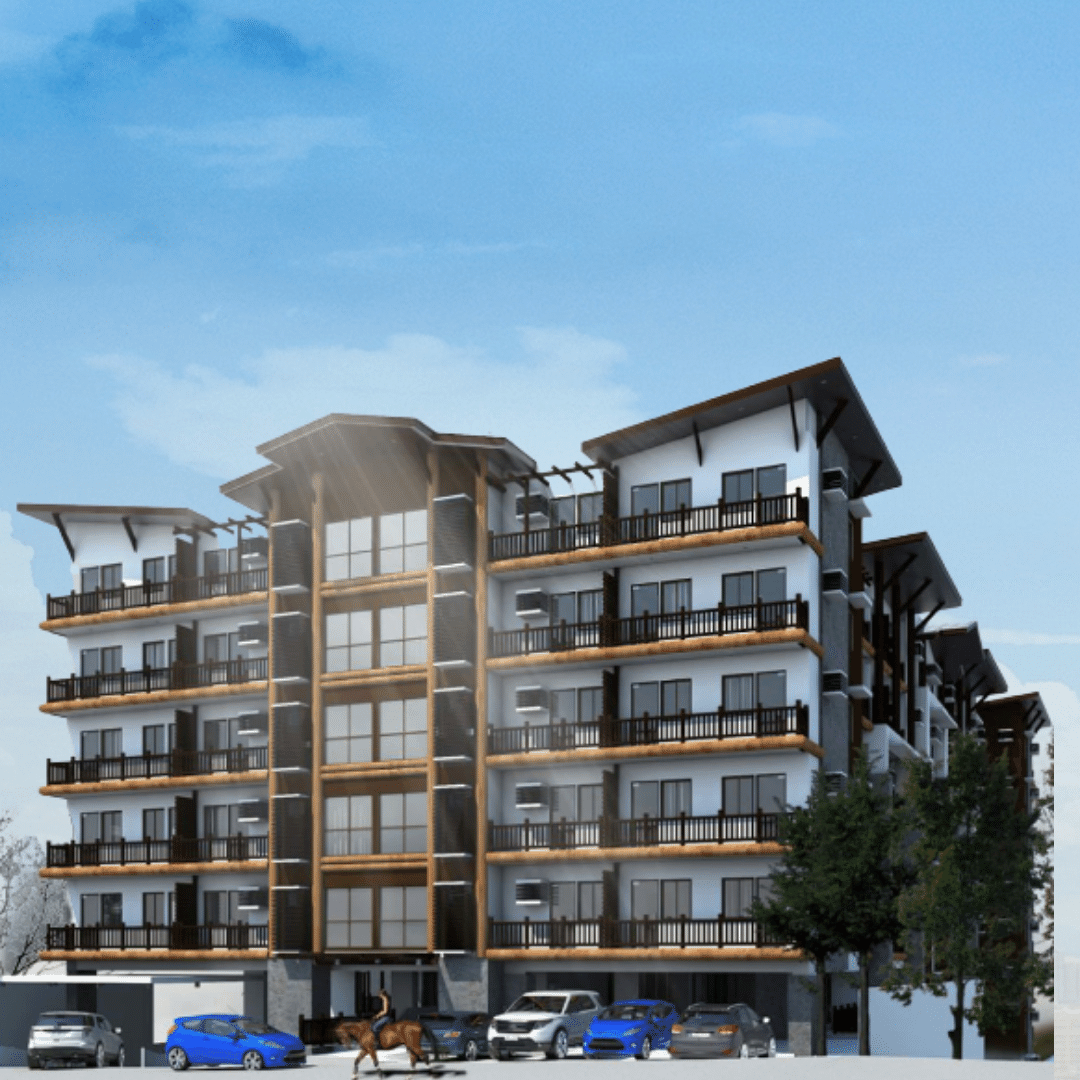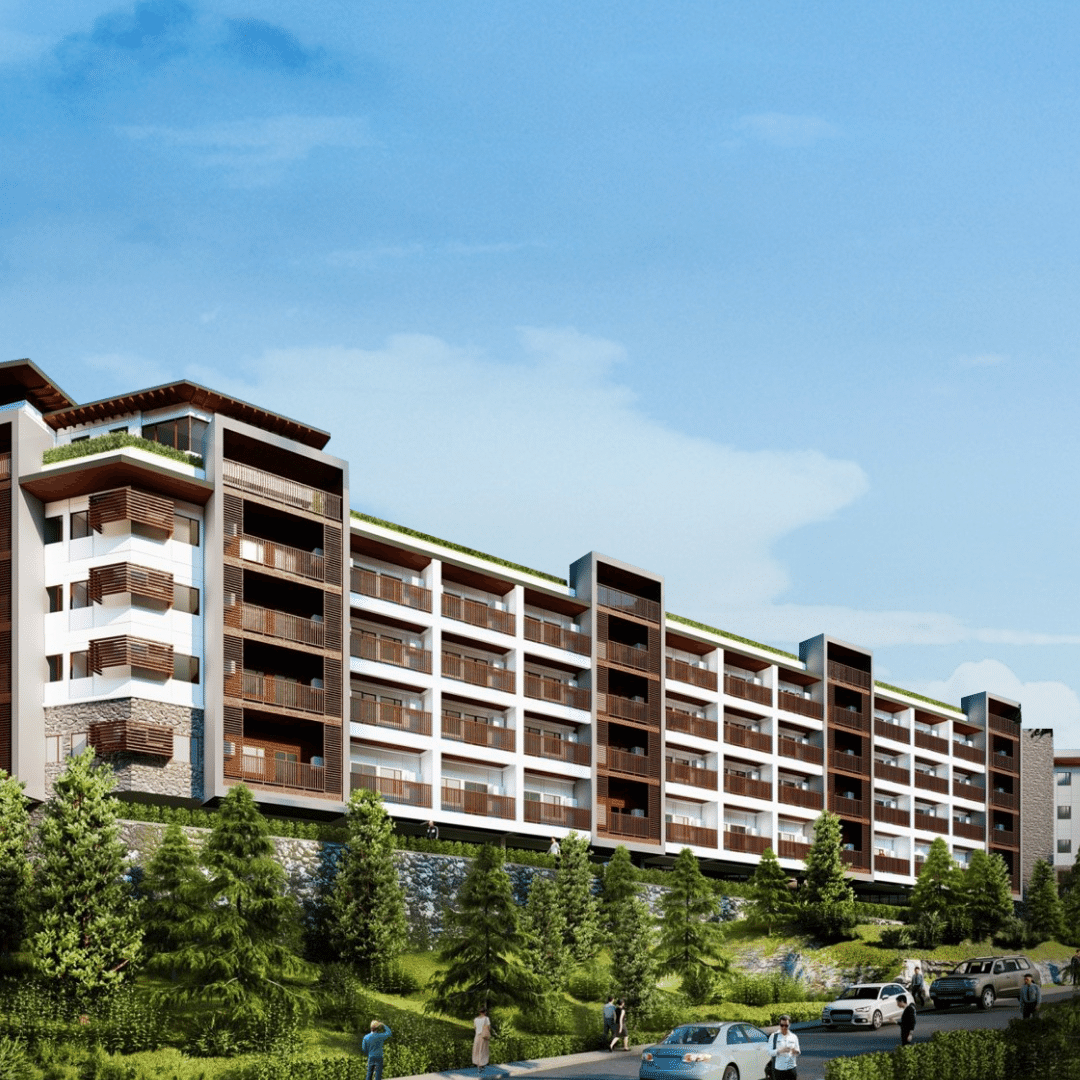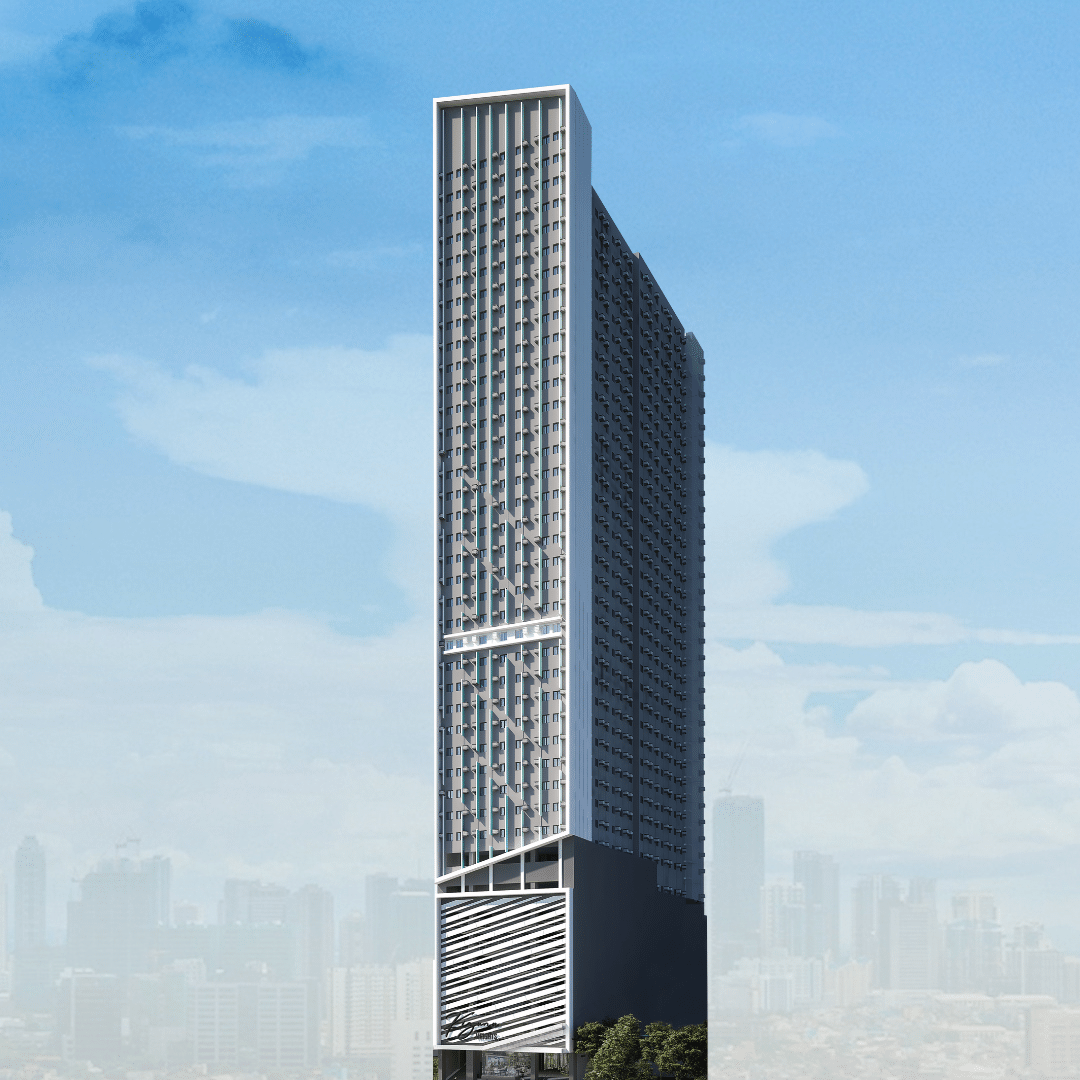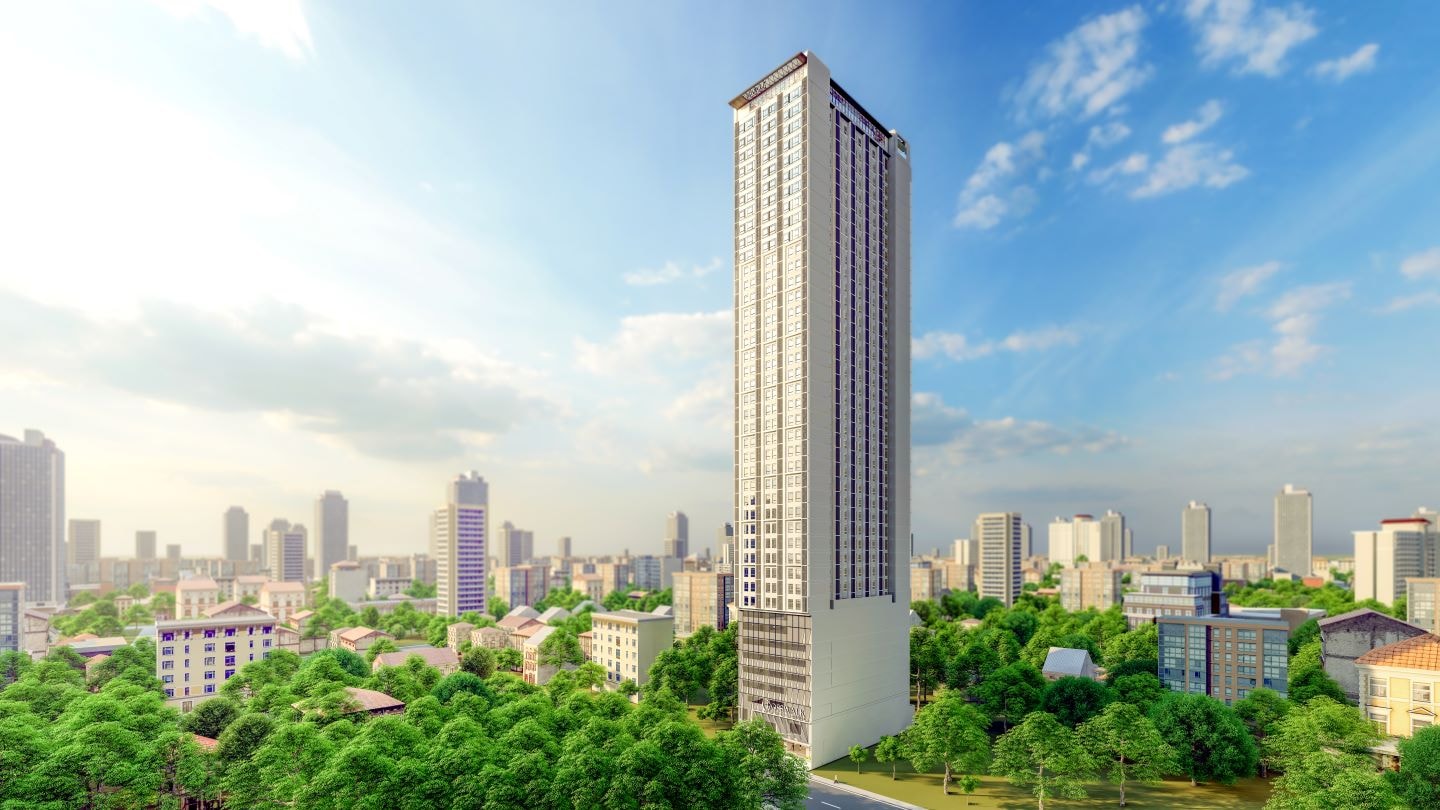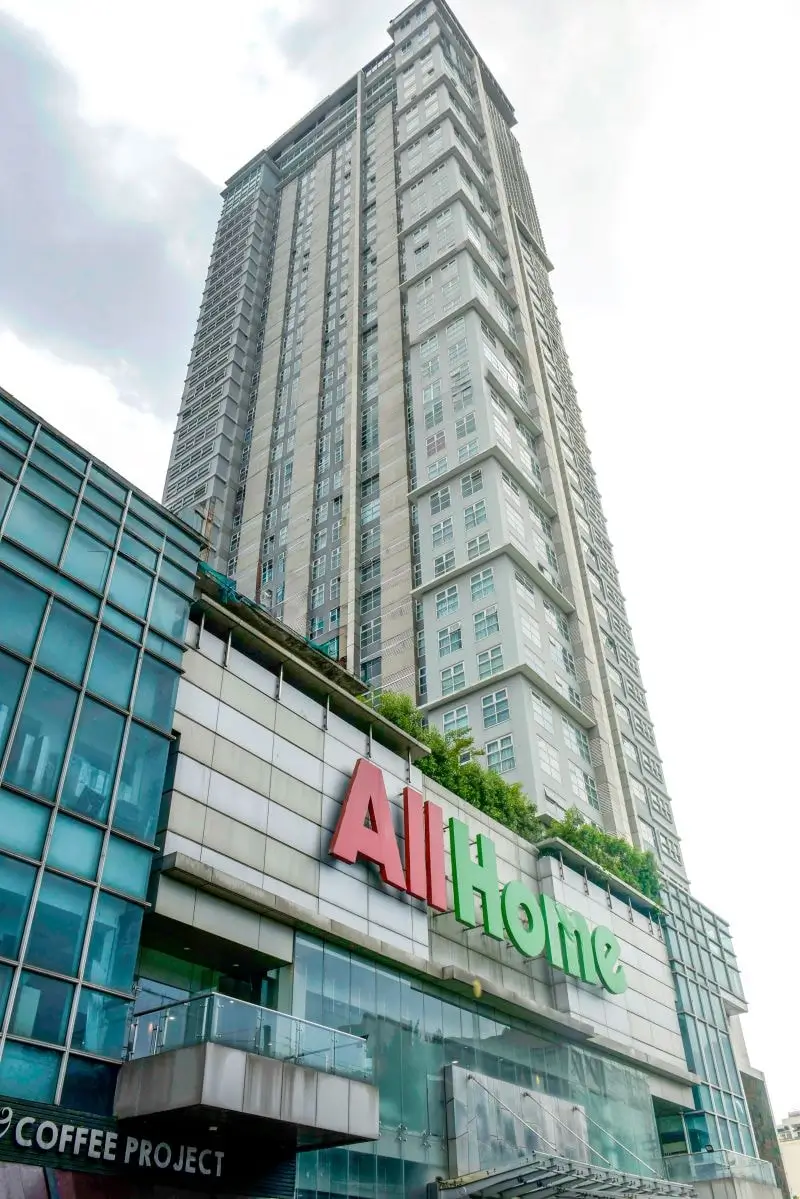Image source: Manila Cathedral
Introduction to Visita Iglesia Tradition
The practice of Visita Iglesia in Metro Manila has been a cherished Holy Week tradition among Filipino Catholics for generations.
This spiritual journey involves visiting seven churches on Maundy Thursday or Good Friday, offering prayers at each stop while reflecting on the passion of Jesus Christ.
As 2025 approaches, devotees and tourists alike are preparing their routes for this meaningful pilgrimage across the capital region.
Metro Manila, with its rich religious heritage, offers numerous historic churches that serve as perfect venues for this sacred tradition.
From centuries-old Spanish colonial structures to modern architectural marvels, each parish church has its own unique story and spiritual significance.
Top Churches for Your Visita Iglesia Journey
1. Manila Cathedral (Minor Basilica of the Immaculate Conception)
The mother church of the country, serving as the seat of the Archbishop of Manila
Image source: https://upload.wikimedia.org/wikipedia/commons/e/ed/The_Manila_Cathedral_%2817293888135%29.jpg
The Manila Cathedral stands as the mother church of the country and serves as the seat of the Archbishop of Manila.
During Holy Week, the Metropolitan Cathedral offers extended hours and special liturgical celebrations. The cathedral’s grandeur and historical significance make it a must-visit destination for both spiritual pilgrims and architecture enthusiasts.
For travelers seeking modern accommodations near this historical landmark, Vista Residences’ Vista Recto project offers a convenient base for exploring Intramuros.
The contemporary condominium’s location allows easy access to not only the Manila Cathedral but several other churches on the Visita Iglesia route.
2. San Agustin Church
The oldest stone church in the Philippines
No Visita Iglesia route would be complete without visiting San Agustin Church, the oldest stone church in the Philippines.
Completed in 1607, this magnificent structure has survived numerous earthquakes and the Battle of Manila during World War II.
Recognized as a UNESCO World Heritage Site and a national cultural treasure, San Agustin Church features a breathtaking trompe-l’œil ceiling, fourteen side chapels, and a museum housing religious artifacts.
The Baroque façade and intricate woodwork of the national shrine showcases the artistic excellence of the Spanish colonial period.
Located within walking distance of Manila Cathedral in Intramuros, San Agustin Church offers visitors a glimpse into over 400 years of Philippine Catholic history.
Its museum contains valuable religious art, making it both a spiritual and cultural destination.
3. San Sebastian Church
A unique architectural marvel in Metro Manila and throughout Asia
San Sebastian Church stands as a unique architectural marvel in Metro Manila and throughout Asia. As the only all-steel church on the continent, this Gothic-inspired structure was prefabricated in Belgium and assembled in Manila in 1891.
The only steel building church in the country has been besignated as both a national historical landmark and a national cultural treasure, San Sebastian Church features impressive 32-meter twin spires and German stained glass windows.
The steel components were designed to withstand earthquakes, demonstrating the innovative engineering of that time.
During Holy Week, the church’s Gothic interior provides a solemn atmosphere for prayer and reflection.
The contrast between its dark metal structure and colorful stained glass creates a mystical ambiance perfect for contemplating the passion of Jesus Christ.
4. Quiapo Church (Minor Basilica of the Black Nazarene)
Housing the famous black statue of Jesus Christ carrying carrying the cross
Image source: https://en.wikipedia.org/wiki/Quiapo_Church#/media/File:Quiapo_Church_facade_2023-06-09.jpg
Known officially as the Minor Basilica of the Black Nazarene, Quiapo Church houses the famous black statue of Jesus Christ carrying the cross.
This national shrine attracts millions of devotees throughout the year, with special significance during Holy Week.
The church’s Baroque-inspired architecture features a grand façade and spacious interior designed to accommodate large crowds.
During Visita Iglesia, visitors can pray before the replica of the Black Nazarene while experiencing the vibrant faith community surrounding the basilica.
Located in the heart of Manila, Quiapo Church represents the fervent Filipino devotion to the suffering Christ. Its central location makes it easily accessible as part of your Visita Iglesia route.
The area around Quiapo has seen significant urban renewal in recent years.
Vista Residences’ 878 España development, just a short distance away, offers pilgrims modern accommodations with quick access to this historical church and several others in the vicinity, making it an excellent base for devotees planning extended stays during Holy Week.
5. Malate Church (Our Lady of Remedies Parish Church)
An iconic landmark in the Malate featuring a Baroque-style façade with intricate carvings
Image source: https://en.wikipedia.org/wiki/Malate_Church#/media/File:Malate_Church_2024.jpg
The Malate Church, officially known as Our Lady of Remedies Parish Church, dates back to 1588 and stands as one of the oldest churches in Metro Manila. Its Baroque-style façade with intricate carvings has become an iconic landmark in the Malate district.
This historic church has survived numerous natural disasters and wars, symbolizing resilience and enduring faith.
The image of Nuestra Señora de los Remedios (Shrine of our Lady of Remedies) has been venerated here for centuries, offering comfort to generations of devotees.
During Holy Week, Malate Church provides a peaceful setting for prayer away from the busier basilicas. Its location near Manila Bay adds to its charm and accessibility for those following a southern Metro Manila route.
6. Santa Ana Church (Our Lady of the Abandoned Parish)
A unique combination as a religious site and archaeological museum
Image Source: https://en.wikipedia.org/wiki/Santa_Ana_Church_(Manila)#/media/File:Church_of_Santa_Ana_facade.jpg
Santa Ana Church, with its rich historical significance, offers visitors both spiritual and cultural enrichment. Built in 1720, this parish church features a blend of Baroque and Neoclassical architectural elements.
What makes this church particularly special is the adjacent Santa Ana Site Museum, which showcases pre-Hispanic artifacts discovered beneath the church grounds.
This unique combination of religious site and archaeological museum provides insight into the area’s history before Spanish colonization.
The church houses the venerated image of Nuestra Señora de los Desamparados (Our Lady of the Abandoned), making it an important pilgrimage site.
Its quiet neighborhood setting offers a more contemplative atmosphere for Visita Iglesia participants.
7. Guadalupe Church (Nuestra Señora de Gracia Church)
Image source: https://en.wikipedia.org/wiki/Nuestra_Se%C3%B1ora_de_Gracia_Church#/media/File:Parish_Church_of_Guadalupe_Viejo_2024-11-18.jpg
Often referred to as Guadalupe Church, the Nuestra Señora de Gracia Church in Makati City was founded in 1601 and represents one of the finest examples of Spanish colonial religious architecture.
Its massive stone walls and buttresses demonstrate the durability of Spanish engineering.
The church features a blend of Neo-Romanesque-Gothic and Baroque elements, with impressive Doric columns and intricate stone carvings. Recently restored, Señora de Gracia Church has become a popular venue for weddings and special celebrations.
8. Binondo Church (Minor Basilica of San Lorenzo Ruiz)
Named after San Lorenzo Ruiz, the first Filipino saint
Image source: https://en.wikipedia.org/wiki/Binondo_Church#/media/File:Binondo_Church_(Quintin_Paredes,_Binondo,_Manila;_04-07-2023).jpg
Serving the world’s oldest Chinatown, Binondo Church combines Filipino, Spanish, and Chinese cultural elements in its design and worship practices.
Officially named the Minor Basilica of San Lorenzo Ruiz after the first Filipino saint, this church has a unique place in Philippine history.
The current structure, rebuilt after World War II, maintains elements of its original Baroque design while incorporating modern architectural features. Its octagonal bell tower serves as a distinctive landmark in the Binondo district.
During Visita Iglesia, visitors can experience the cultural diversity of Philippine Catholicism while praying at this historic site.
Its location in Manila’s Chinatown offers opportunities to explore the area’s rich cultural heritage between church visits.
9. Paco Church (San Fernando de Dilao Parish)
Image source: https://en.wikipedia.org/wiki/Paco_Church#/media/File:San_Fernando_de_Dilao_Church,_Paco,_Manila,_April_2023.jpg
Paco Church, officially known as San Fernando de Dilao Parish, represents an important historical site in Manila’s religious landscape.
Though less frequently included in typical Visita Iglesia routes, this church offers a quieter alternative to more popular destinations.
Located in the Paco district of Manila, this parish church serves as a reminder of the widespread influence of Catholicism throughout Metro Manila’s diverse neighborhoods.
10. Our Lady of the Pillar Parish Church
Completing our list is the Our Lady of the Pillar Parish Church, commonly known as the Pillar Parish Church. The church’s modern architecture contrasts with the colonial-era churches on our list, demonstrating the evolution of Catholic worship spaces in the Philippines.
Its spacious interior accommodates large congregations, especially during Holy Week celebrations.
As a diocesan shrine, this church holds special significance for local Catholics and makes a worthy addition to any Visita Iglesia itinerary in Metro Manila.
There are still a number of beautiful churches in and around Metro Manila that can form part of your Visita Iglesia route (at least seven churches) during Holy Week like the baptist parish, Immaculate Conception Parish, Most Holy Rosary of the Virgin Mary, Malate Catholic Church, Santa Cruz Church
Conclusion
The blend of ancient tradition and modern convenience in Metro Manila creates an ideal environment for pilgrims.
With historical churches preserved as national cultural treasures alongside contemporary developments like Vista Residences’ properties, visitors can immerse themselves in spiritual reflection while enjoying the comforts of modern living during this significant religious observance.
As you plan your Visita Iglesia journey for 2025, remember that beyond the physical visitation of churches lies the deeper purpose of prayer, reflection, and commemoration of Christ’s passion.
May your pilgrimage through these sacred spaces bring spiritual enrichment and cultural appreciation.
